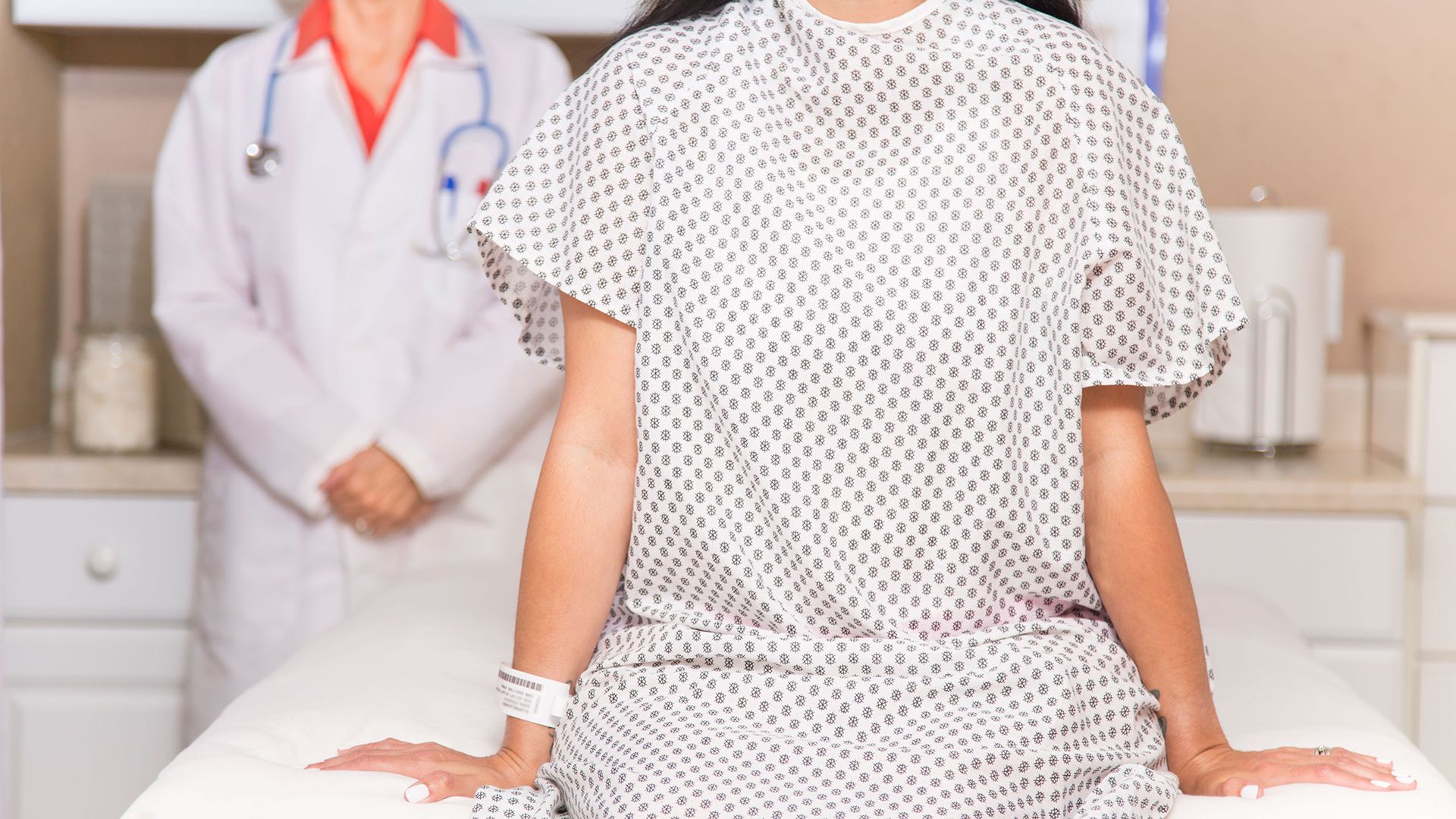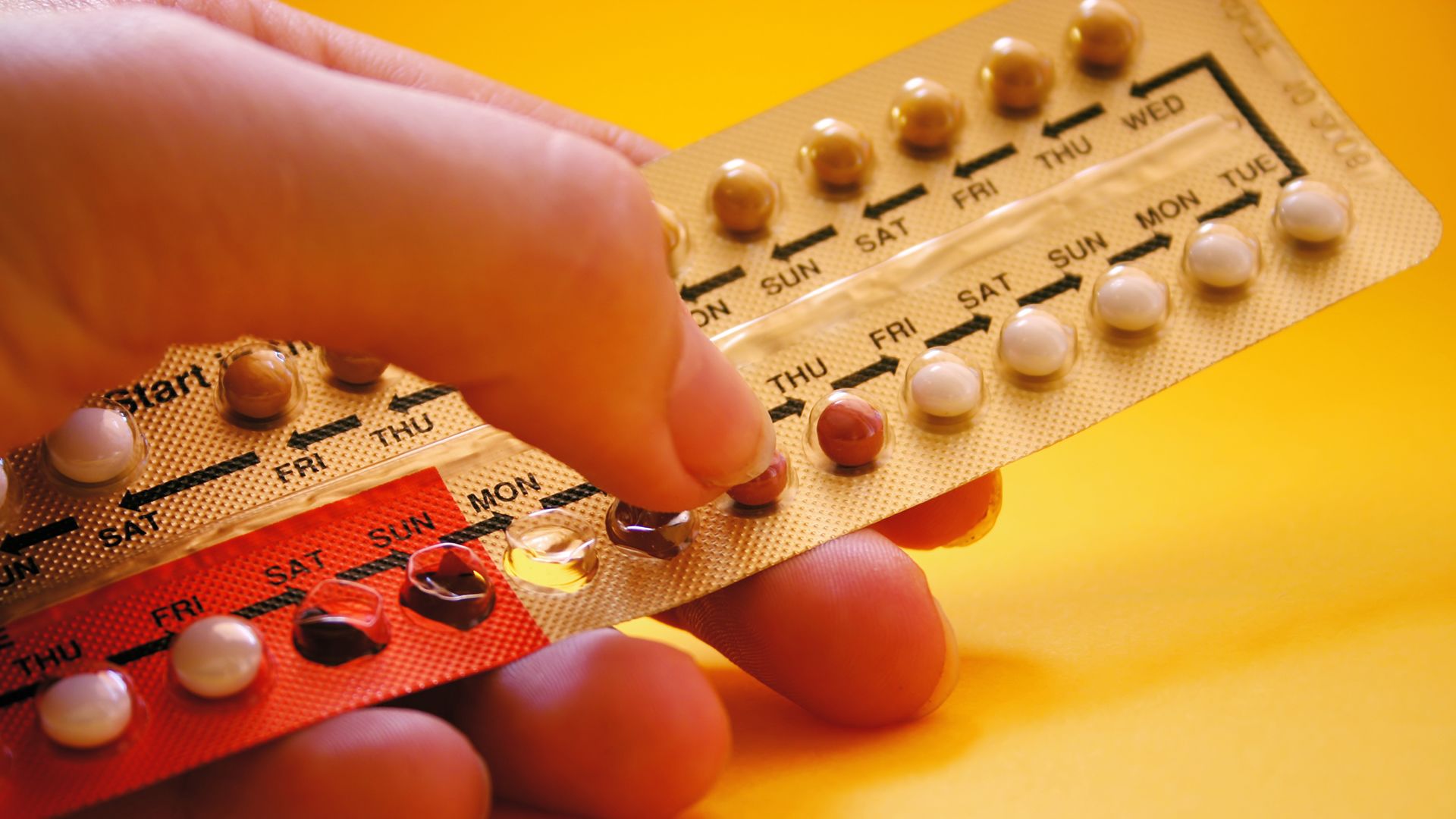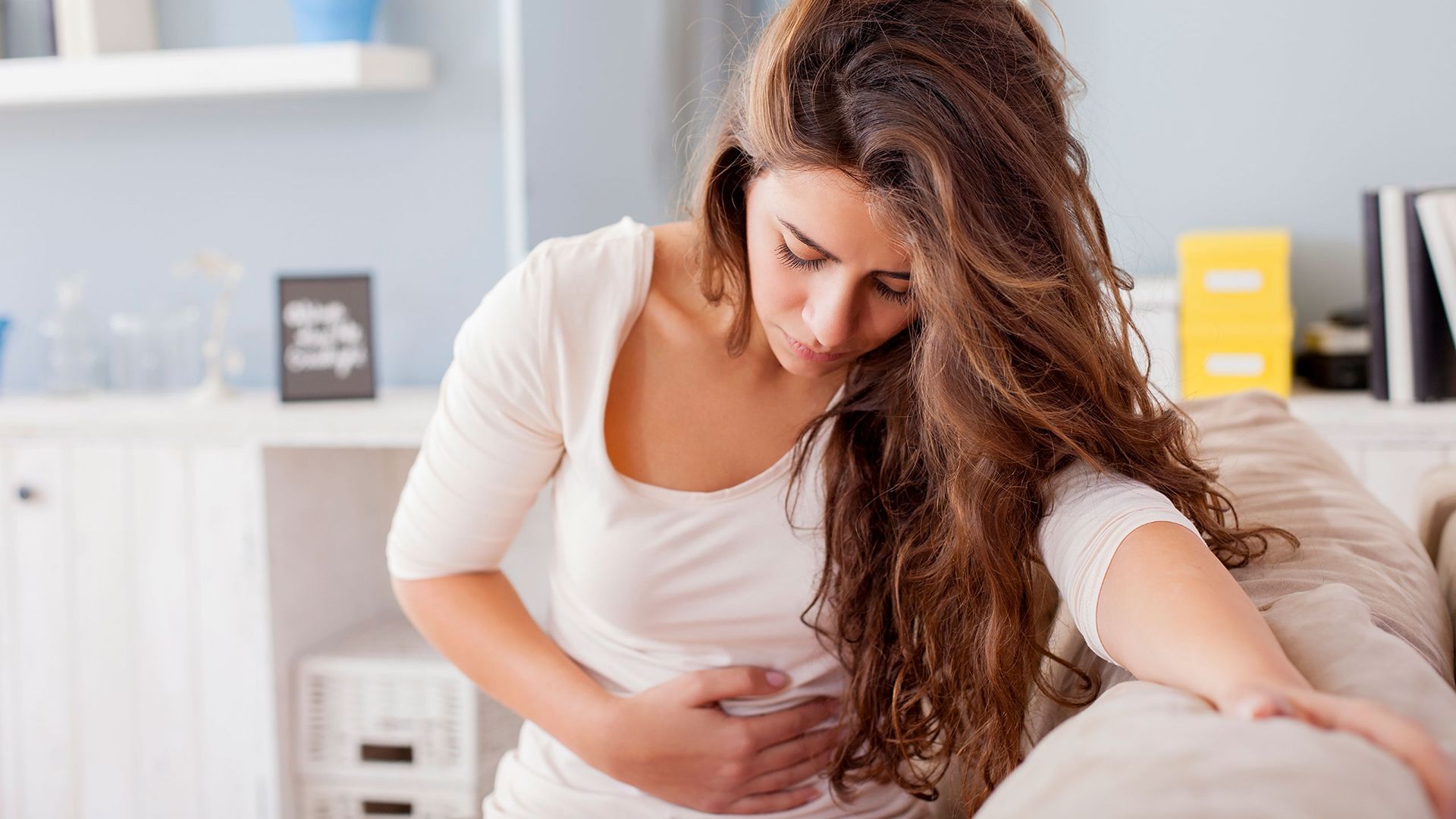Updated on July 7, 2023
The ovaries are small organs located on either side of the uterus, where eggs grow and mature. When someone has endometriosis, tissue that ordinarily lines the uterus (called endometrial tissue) grows outside of the uterus. Areas where this tissue grows are called lesions, nodules, or implants.
Sometimes, these lesions can attach to an ovary, forming a type of ovarian cyst called an ovarian endometrioma. These cysts are pocket-like growths filled with fluid that’s identical to the fluid in the uterine lining. They’re sometimes referred to as “chocolate cysts” because the contents, which include blood, tend to have a similar color and texture to chocolate.
Endometriomas can cause a number of symptoms, including pain in the abdomen and pelvis. They may make sex painful and cause bloating. They can interfere with fertility and make it difficult to conceive, and can also rupture, causing serious complications that require emergency medical treatment.
There are a few things that people with endometriosis should know about endometriomas and other types of cysts that can affect the ovaries.
Types of ovarian cysts
In addition to ovarian endometriomas, there are other types of cysts that can affect the ovaries, all of which can cause symptoms and complications:
Functional cysts: There are two types of functional cysts, the most common types of ovarian cysts. The first type is a follicular cyst. During ovulation, an egg develops inside a sac called a follicle. Normally, the follicle will break open to release the egg, but sometimes it can remain intact, and a cyst forms as a result.
The other type is a corpus luteum cyst. After a follicle releases an egg, sometimes the follicle itself (called the corpus luteum) can get blocked, which causes a cyst. Functional cysts usually resolve on their own and don’t typically require treatment.
Dermoid cysts: Also called teratomas, these cysts form from germ cells—cells capable of developing into different kinds of tissue, such as skin, hair, fat, and teeth. They aren’t usually cancerous.
Ovarian cystadenomas: These are primarily benign tumors filled with watery fluid that develop on the outside surface of the ovary. They can grow very large, which can raise the risk that the ovary will become twisted (called ovarian torsion) and cause a great deal of pain. This complication requires immediate medical treatment.
Polycystic ovary syndrome (PCOS): Tiny cysts can also form as a result of PCOS, a hormonal disorder associated with irregular periods, obesity, diabetes, excessive hair growth, acne, infertility, depression, and a host of other health issues.
Diagnosing ovarian cysts
If a cyst is large, a healthcare provider (HCP) may be able to feel it during a pelvic exam. Cysts may also be visible on an ultrasound. The sound waves of an ultrasound produce images that can show the size of the cyst, as well as its shape, location, and whether it’s solid or filled with fluid.
Though you don't have to be pregnant to have a corpus luteum cyst, pregnancy tests can help detect them. A positive test, combined with other symptoms, could mean that you have one.
Laparoscopies, a kind of procedure where a tiny camera is inserted into your body through a small incision, can help your HCP visualize your ovaries, as well as any cysts if they’re present. This is a surgical procedure requiring anesthesia.
Sometimes, blood tests are used as a tool to learn about whether a cyst could be cancerous. These are called tumor marker tests, and they look for whether certain proteins are present in the blood at high levels. This still needs to be combined with other exams and information, however, since there can be several non-cancerous reasons for high counts of these proteins.
Symptoms to watch
In most cases, cysts don’t cause symptoms. Ovarian endometriomas, other types of cysts, PCOS, and endometriosis, however, can all cause similar symptoms, which is why it’s important to work with an HCP to get an accurate diagnosis.
The most common ovarian cyst symptoms include pressure, bloating, swelling, or pain in the lower abdomen, on one side or the other. The pain might come and go and can be either dull or sharp.
Less common symptoms include:
- Pelvic and low abdominal pain
- Dull aching in the lower back and thighs
- Painful periods
- Pain with sex
- Pain or difficulty with bowel movements
- Breast tenderness
- Frequent urination
- Unusual bleeding between periods
- Unexplained weight gain
Seek emergency care if you experience sudden, severe abdominal or pelvic pain, pain accompanied by fever or vomiting, or symptoms of shock, such as cold, clammy skin, rapid breathing, dizziness, or weakness.
The bottom line
Ovarian cysts are extremely common in people who haven’t yet gone through menopause. In most cases, they’re not a major cause for concern. But if you notice any symptoms in your lower abdomen or with menstruation that are unusual for you, contact an HCP without delay. Only a medical exam can determine if you have a cyst, its type, and the best course of action.






